Gardens and Castle at Kroměříž
A palace and three gardens, one of which represents the epitome of Baroque garden design.
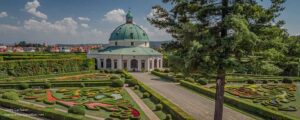
A palace and three gardens, one of which represents the epitome of Baroque garden design.
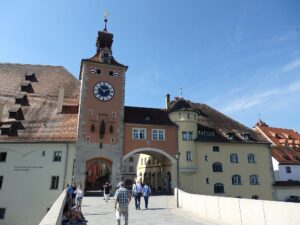
A beautifully-preserved and very picturesque medieval trading city.
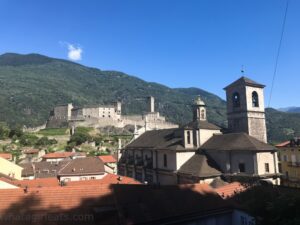
Medieval-era fortifications that once guarded a key strategic pass in the southern Alps.

A rural landscape shaped by centuries of farming, where old agricultural techniques are still in use.
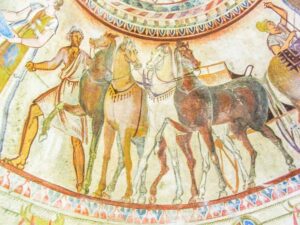
A 4th-century tomb containing frescoes that are masterpieces of Hellenistic Thracia.
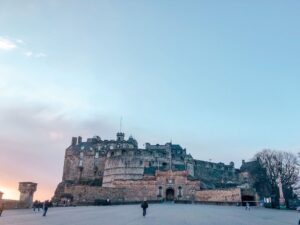
A medieval Old Town and a neoclassical New Town that harmonize beautifully and that influenced European urban planning.
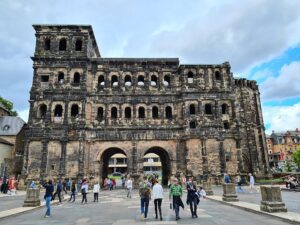
A collection of Roman ruins showing the importance of the “Rome of the North” in Germany.
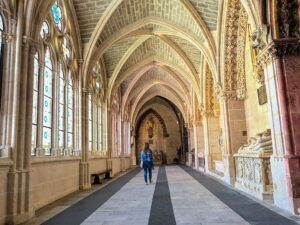
A magnificent example of Gothic architecture.
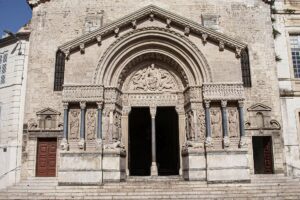
A grand Roman city and its later Romanesque additions, well-preserved in Arles city center.
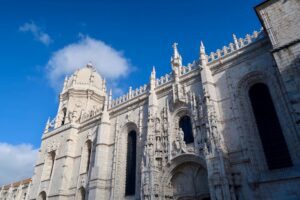
Two striking buildings from Portugal’s “Golden Age” of global exploration and seafaring.

For radio buffs, a surviving operational example of pre-electronic radio technology.
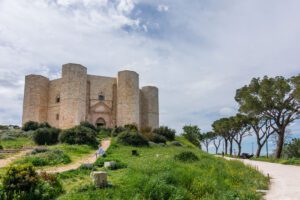
An unusual castle expressing Frederick II’s search for perfection, leading him to design the castle around the number 8.
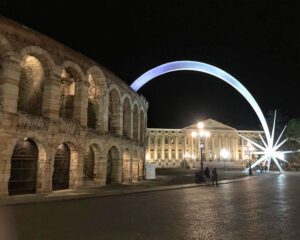
A city exemplifying 2000 years of uninterrupted artistic and architectural development.
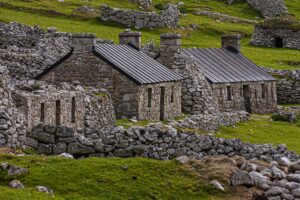
An isolated island of dramatic landscapes: a nature sanctuary, with ample evidence of human fortitude in such a remote spot.
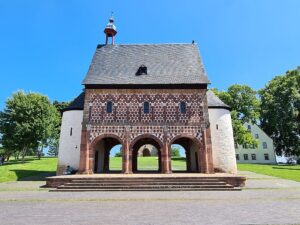
A rare example of architecture from the Carolingian period.
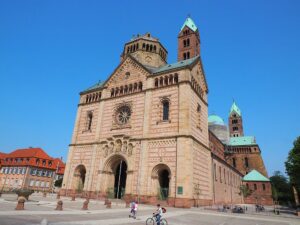
A landmark of Romanesque architecture dating to the 11th century.
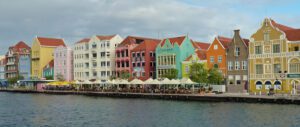
A colorful, dynamic and diverse Caribbean island capital with four distinct historical districts.
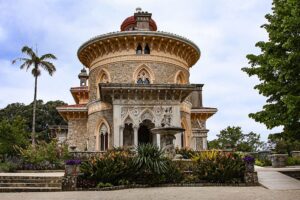
A fine collection of fanciful Romantic-style palaces and castles.
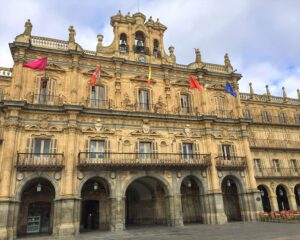
An ancient city with stunning architecture in Gothic, Renaissance and Baroque styles.
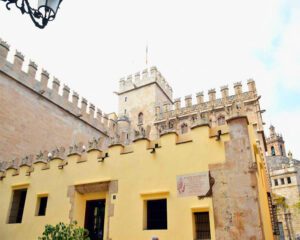
A masterpiece of late-Gothic architecture, used as a trading hall in the silk trade.

Perched on high rocks, these monasteries served as places of retreat and prayer for monastic communities.
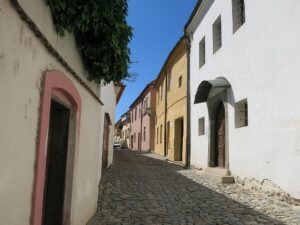
A historical Jewish neighborhood and a Catholic Basilica illustrate how Jews and Christians co-existed peacefully.
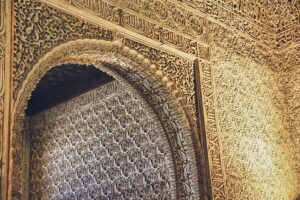
A remarkably well-preserved complex of medieval Muslim architecture mixing Moorish and Spanish elements.
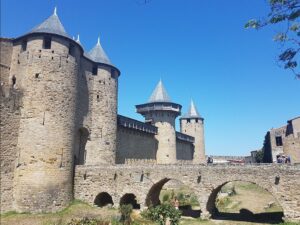
A classic medieval fortified town with intact walls, a castle, and a Gothic cathedral.
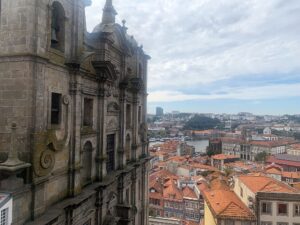
A beautiful urban landscape with diverse historical architecture in a range of styles.
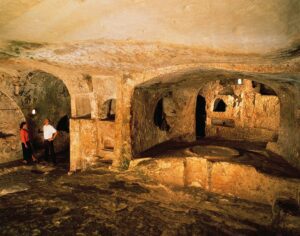
A mysterious underground burial site dating to 4000 BC.
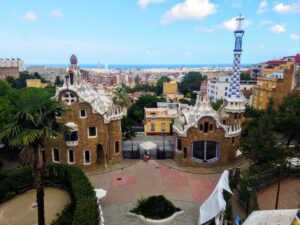
Outstanding works of modernist architecture bringing together a variety of influences from the 19th and 20th centuries.
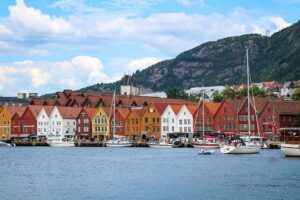
A beautifully-preserved area of wooden houses and warehouses, once part of the Hanseatic League international trading network.
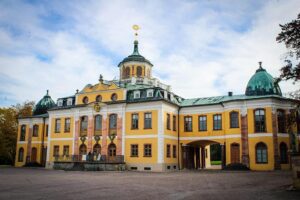
An influential cultural center in the late 18th and early 19th century as demonstrated today in the quality of its architecture and parks.

Ancient long-distance pilgrimage routes, still walked today.
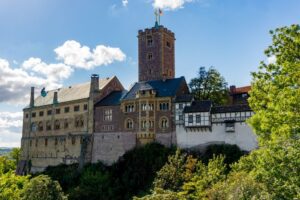
An imposing castle, important because of its role in Martin Luther’s life.
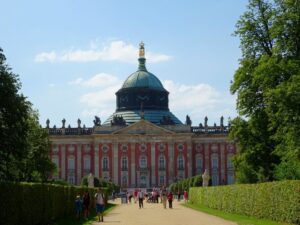
An ensemble of stately palaces dating from the 18th and 19th centuries, along with their extensive gardens.

Old-growth laurel forests, important for hydrological balance and biodiversity.

Elegant and grand 17th-century royal residence and park, seat of the French monarchy from Louis XIV to Louis XVI.
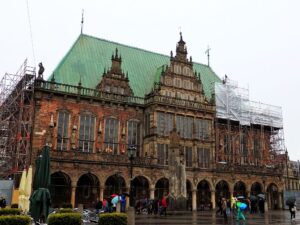
Testimony to civic autonomy and market freedoms of a Hanseatic League city.
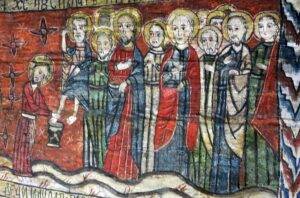
Elegant timber-built church architecture, filled with bright vernacular religious imagery.